Written by Joel Alderfer on March 26, 2021
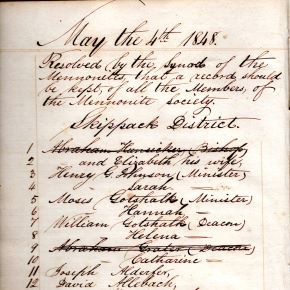
This article was published in the MHEP Newsletter in November 1995, and has been updated to include church records added to the collection since that time.
Researchers at the MHC Historical Library often ask, “Where are the early Mennonite church records?” or “What church records do you have?”
This is not a simple question. First of all, what does the researcher mean by church records? There are membership, baptismal, ministerial, burial records, alms records, property and land records.
I explain that generally,
Continue Reading
Written by Joel Alderfer on February 18, 2021
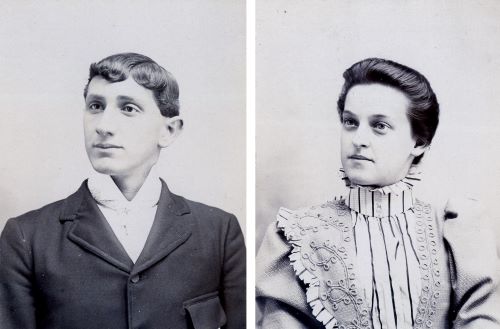
Last year, a descendant donated several artifacts and digital images of Henry and Maggie Mininger. As I documented these items, and began to research their lives, I became intrigued with their story. Maggie’s nearly hidden talent, expressed in adversity, is fascinating to consider.
Henry H. Mininger (1878-1957) was born and raised in Hatfield Township, Montgomery County, the son of Jonas J. and Annie Hackman Mininger, of the Plains Mennonite congregation. In 1899, he married Maggie Moyer (1879-1949), a daughter of David
Continue Reading
Written by Forrest Moyer on March 18, 2020
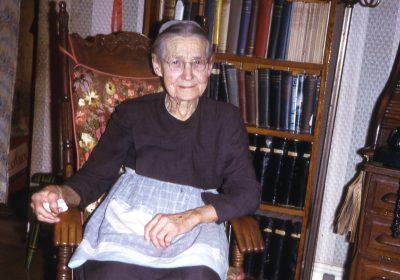
This article was written by Joel Alderfer for the MHEP Newsletter in 1994, based on research done for the exhibit When This You See, Remember Me: The Experience of Mennonite Women.
Hanna Rittenhouse (1880-1977) was born in Towamencin Township, Montgomery County, the youngest child of Jacob K. Rittenhouse (1838-1917), a township school director, and Elizabeth D. Clemmer Rittenhouse (1840-1922). She enjoyed her grade-school education and graduated from the eighth grade in 1895, for which she wrote the class history. About a
Continue Reading
Written by Forrest Moyer on November 6, 2019
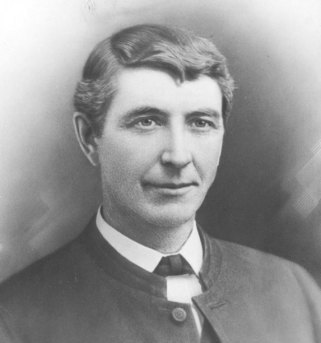
John S. Coffman (1848-1899) of Elkhart, IN was one of the first evangelists to hold a series of meetings in Franconia Mennonite Conference, in November 1896. His tour lasted three weeks, during which he preached in all but one congregation in the conference. In his diary, he recorded impressions of the places and people he met, giving us a rare view of local Mennonite culture. The diary is archived at the Mennonite Church USA Archives in Elkhart and was published
Continue Reading
Written by Forrest Moyer on June 1, 2018

A beautiful show towel was donated to the MHC last year, bearing the name Elizabeth Ruth and date 1836. Towels like this were made for display, not use, by young women in preparation for decorating their homes after marriage. At the bottom of this towel is a fine drawn-work panel featuring peacocks (or geese), hearts and a pot of flowers.
Gift of Beulah Hendricks Rittenhouse (2017.44.1)
The maker of the towel, Elizabeth Ruth (1819-1888), had an unusual story. She
Continue Reading
Written by Forrest Moyer on May 16, 2018
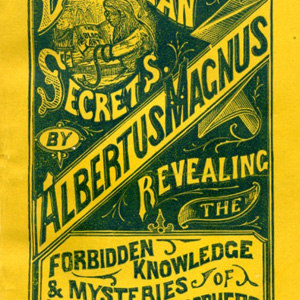
In February 1979, the MHEP Newsletter published notes from a talk by Mennonite pastor Gerald Studer on the topic of “powwowing”—In German, Braucherei—a combination of faith healing and folk medicine. This ancient practice brought by Pennsylvania Germans from Europe has been preserved in pockets of the American countryside to the present day. Opinions have varied in the Pa. German community about the effectiveness and propriety of powwowing. Individuals from all religious groups—Lutheran, Reformed, Mennonite, Brethren, Evangelical, etc.—made use of powwow
Continue Reading
Written by Joel Alderfer on April 19, 2018
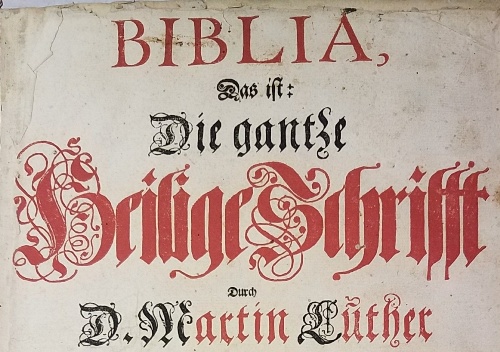
Recently, a German Bible published in 1693 in Frankfurt was donated to the Mennonite Heritage Center by Henry A. Ziegler of near Bally, PA. An inscription on the second page indicates the Bible was purchased by Johann Wilhelm Geyer in 1752 in Frankfurt, Germany, and was brought by him to Pennsylvania that year. He wrote: “1752 den 24 May hab ich Wilhelm Geyer diese Bibel gekaufft im Franckfort am Mayn” [1752, the 24th of May, I, Wilhelm Geyer have purchased
Continue Reading
Written by Forrest Moyer on April 5, 2018
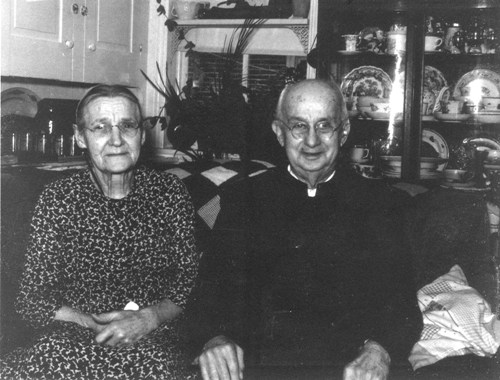
Jacob Cassel Clemens (1874-1965) was pastor of Plains Mennonite Church and a well-known evangelist in Mennonite circles. In 1979, the MHEP Newsletter published his autobiographical notes written in 1954. The manuscript is in his papers archived at the MHC (Hist. Mss. 3).
Clemens’ reflections on the first half of the 20th century, as he experienced it, are illuminating. They remind us how much has changed in the last century, but also that many of our ancestors’ experiences are similar to ours—love
Continue Reading
Written by Steve Diehl on September 5, 2017

For three years, Beny Krisbianto faced the fierce opposition of close-knit, deeply entrenched neighbors, difficulties with four contractors, and the intransigence of City Hall. One contractor told him to stop trying to build his church for recently arrived Indonesians in South Philly. Now people ask him in amazement, “How is it that you have a relationship with the mayor?” Mayor Kenney recently visited, and the city council held a meeting in the new church. Neighbors who once opposed him invited
Continue Reading
Written by Forrest Moyer on June 21, 2017

This series of posts highlights families descended from 18th-century Mennonite immigrants to eastern Pennsylvania, in connection with the MHC’s exhibit Opportunity & Conscience: Mennonite Immigration to Pennsylvania, on display through March 31, 2018. The stories reflect the enrichment brought to communities over centuries by the descendants of immigrants.
A large pioneer family
Christian Allebach, a weaver, had three stepchildren when he and wife Margaret immigrated to Pennsylvania in 1719. The family came from Dühren, Germany, near Sinsheim in the Kraichgau, and likely
Continue Reading










